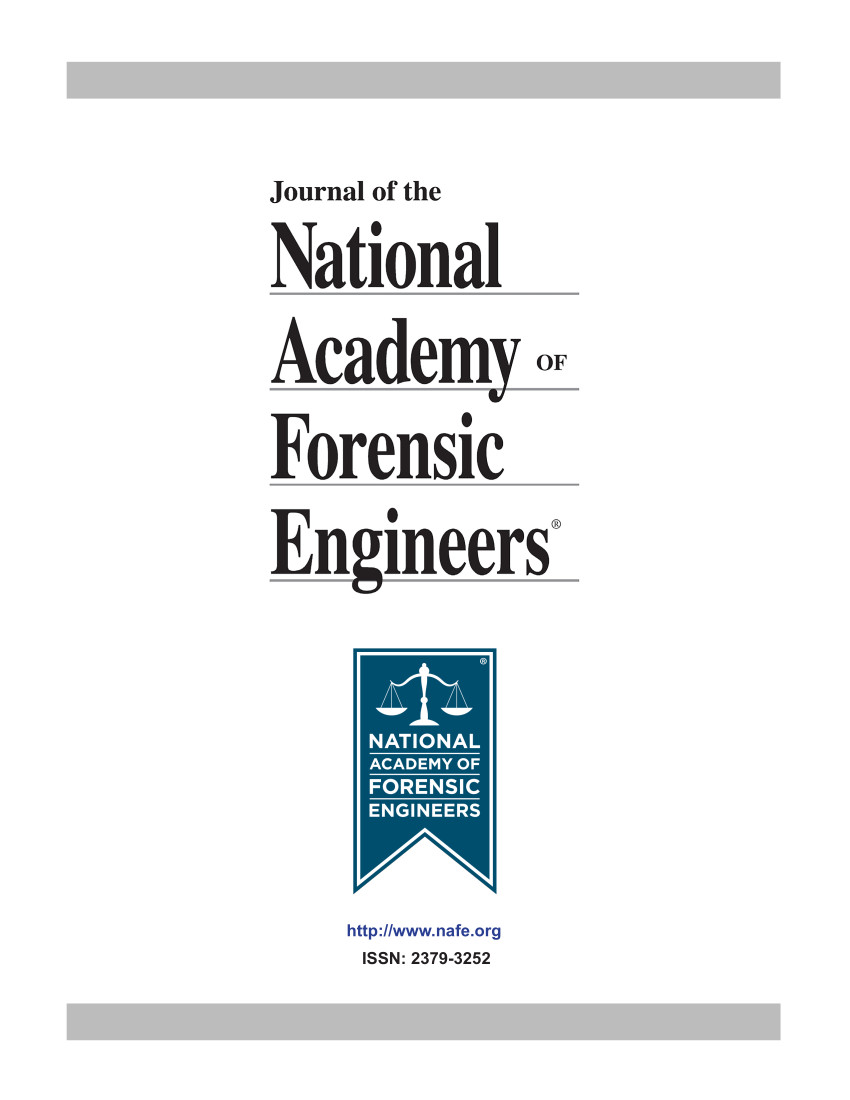Forensic Engineering Analysis Of Damage And Restitution In Low Velocity Impacts
DOI:
https://doi.org/10.51501/jotnafe.v16i2.566Keywords:
AutoAbstract
Analyzing Motor Vehicle Traffic Collisions Based Upon The Damages To The Involved Vehicles Has Become A Commonly Accepted, Accurate And Reliable Form Of Engineering Analysis. Until Recently, This Analysis Has Been Limited To Relatively High Speed Vehicle Collisions, Where The Effects Of Restitution And Tire Forces Can Easily Be Neglected Without Effecting The Accuracy Of The Analysis. This Paper Focuses On The Analysis Of Motor Vehicle Damages Resulting From Minor Damage, Low Speed Impacts, Where Restitution And Tire Forces May Often Make A Considerable Contribution To The Total Severity Levels Of Such An Accident Event. Like Many Other Fields Of Science And Engineering, There Still Remain A Small Number Of Analysts Whom Have Either Failed To Keep Up With Modern Advances In Damage Analysis, Do Not Know How To Perform A Proper Damage Based Analysis Or Simply Do Not Recognize Its Usefulness And Accuracy. The Focus Of This Paper Is To Develop Damage Based Analysis Methods Applicable To Low Velocity Impacts And Demonstrate Their Usefulness To The Forensic Engineer.Published
1999-01-01
How to Cite
Ogden, Jerry S. 1999. “Forensic Engineering Analysis Of Damage And Restitution In Low Velocity Impacts”. Journal of the National Academy of Forensic Engineers 16 (2). https://doi.org/10.51501/jotnafe.v16i2.566.
Issue
Section
Articles
License
Copyright (c) 1999 National Academy of Forensic Engineers

This work is licensed under a Creative Commons Attribution-NoDerivatives 4.0 International License.
All rights © Journal of the National Academy of Forensic Engineers.
Full statement regarding the author's license of copyright to the NAFE is shown on the Copyright section of the Submissions Page.






